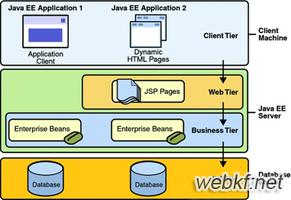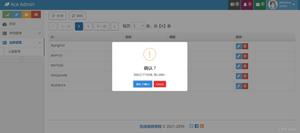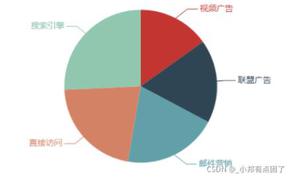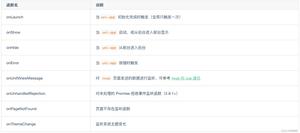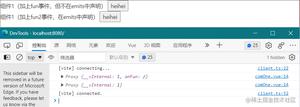关于java ee的拦截器和过滤器的区别

拦截器和过滤器的区别:
1、拦截器是基于java的反射机制的,而过滤器是基于函数回调
2、过滤器依赖与servlet容器,而拦截器不依赖与servlet容器
3、拦截器只能对action请求起作用,而过滤器则可以对几乎所有的请求起作用
4、拦截器可以访问action上下文、值栈里的对象,而过滤器不能
5、在action的生命周期中,拦截器可以多次被调用,而过滤器只能在容器初始化时被调用一次
拦截器 :是在面向切面编程的就是在你的service或者一个方法前调用一个方法,或者在方法后调用一个方法比如动态代理就是拦截器的简单实现,在你调用方法前打印出字符串(或者做其它业务逻辑的操作),也可以在你调用方法后打印出字符串,甚至在你抛出异常的时候做业务逻辑的操作。
下面通过实例来看一下过滤器和拦截器的区别:
使用拦截器进行/admin 目录下jsp页面的过滤
<package name="newsDemo" extends="struts-default"
namespace="/admin">
<interceptors>
<interceptor name="auth" class="com.test.news.util.AccessInterceptor" />
<interceptor-stack name="authStack">
<interceptor-ref name="auth" />
</interceptor-stack>
</interceptors>
<!-- action -->
<action name="newsAdminView!*" class="newsAction"
method="{1}">
<interceptor-ref name="defaultStack"/>
<interceptor-ref name="authStack">
</interceptor-ref>
下面是我实现的Interceptor class:
package com.test.news.util;
import java.util.Map;
import com.opensymphony.xwork2.ActionContext;
import com.opensymphony.xwork2.ActionInvocation;
import com.opensymphony.xwork2.interceptor.AbstractInterceptor;
import com.test.news.action.AdminLoginAction;
public class AccessInterceptor extends AbstractInterceptor {
private static final long serialVersionUID = -4291195782860785705L;
@Override
public String intercept(ActionInvocation actionInvocation) throws Exception {
ActionContext actionContext = actionInvocation.getInvocationContext();
Map session = actionContext.getSession();
//except login action
Object action = actionInvocation.getAction();
if (action instanceof AdminLoginAction) {
return actionInvocation.invoke();
}
//check session
if(session.get("user")==null ){
return "logout";
}
return actionInvocation.invoke();//go on
}
}
过滤器:是在java web中,你传入的request,response提前过滤掉一些信息,或者提前设置一些参数,然后再传入servlet或者struts的 action进行业务逻辑,比如过滤掉非法url(不是login.do的地址请求,如果用户没有登陆都过滤掉),或者在传入servlet或者 struts的action前统一设置字符集,或者去除掉一些非法字符.
使用过滤器进行/admin 目录下jsp页面的过滤,首先在web.xml进行过滤器配置:
<filter>
<filter-name>access filter</filter-name>
<filter-class>
com.test.news.util.AccessFilter
</filter-class>
</filter>
<filter-mapping>
<filter-name>access filter</filter-name>
<url-pattern>/admin/*</url-pattern>
</filter-mapping>
下面是过滤的实现类:
package com.test.news.util;
import java.io.IOException;
import javax.servlet.Filter;
import javax.servlet.FilterChain;
import javax.servlet.FilterConfig;
import javax.servlet.ServletException;
import javax.servlet.ServletRequest;
import javax.servlet.ServletResponse;
import javax.servlet.http.HttpServletRequest;
import javax.servlet.http.HttpServletResponse;
import javax.servlet.http.HttpSession;
public class AccessFilter implements Filter {
public void destroy() {
}
public void doFilter(ServletRequest arg0, ServletResponse arg1,
FilterChain filterChain) throws IOException, ServletException {
HttpServletRequest request = (HttpServletRequest)arg0;
HttpServletResponse response = (HttpServletResponse)arg1;
HttpSession session = request.getSession();
if(session.getAttribute("user")== null && request.getRequestURI().indexOf("login.jsp")==-1 ){
response.sendRedirect("login.jsp");
return ;
}
filterChain.doFilter(arg0, arg1);
}
public void init(FilterConfig arg0) throws ServletException {
}
}
以上是 关于java ee的拦截器和过滤器的区别 的全部内容, 来源链接: utcz.com/z/394661.html


